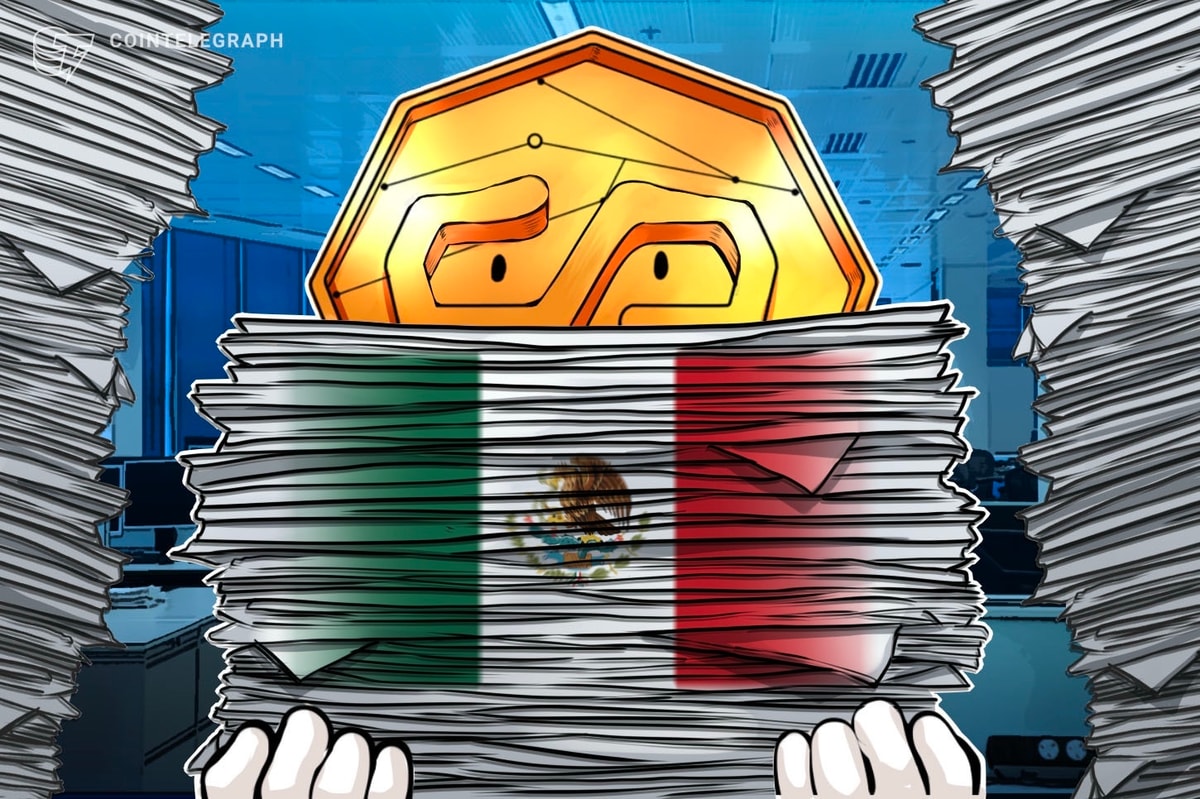The central bank of India wants to proceed with CBDC testing in the smoothest way possible, deputy governor Rabi Sankar said.
News
The Indian government doesn’t want to rush its central bank digital currency (CBDC) pilot despite joining the CBDC race just a few months ago.
India’s recently launched CBDC pilot has amassed 50,000 users, and 5,000 merchants since the Reserve Bank of India (RBI) launched the digital rupee pilot last year, local news agency The Economic Times reported on Feb. 8.
Announcing the first public milestones of India’s digital currency at a policy press conference, RBI deputy governor Rabi Sankar stressed that the government plans to proceed with CBDC testing in the smoothest way possible.
“We have our targets in terms of users, in terms of merchants. We will go slowly,” Sankar stated, noting that the RBI doesn’t want to push CBDC developments without having full awareness about its potential impact. He stated:
“We want the process to happen, but we want the process to happen gradually and slowly. We are in no hurry to make something happen so quickly.”
The latest announcement adds up to data from an official digital rupee application, which suggests that the pilot is taking no more users. According to data from the digital rupee app by the ICICI Bank, India’s CBDC program is full at the time of writing, suggesting that more users would be able to join the trial at a later date.
Sankar noted that the digital rupee pilot project has recorded 770,000 transactions across eight banks since the trial was launched on Dec. 1, 2022. The project is currently being carried out in five cities, with nine more cities potentially gradually joining the pilot soon. The official also said that five more banks are set to join the project in the near future.
Related: Russia’s Gazprombank recommends slow CBDC rollout fearing loss of income
As previously reported, RBI officially debuted a wholesale CBDC in November 2022, launching a retail CBDC a month later. The Indian government initially announced CBDC plans in early 2022, declaring that a digital rupee would be a “big boost” for India’s economy. The RBI then proposed a three-step graded approach for its rollout, aiming for little or no disruption to the traditional financial system.
India’s CBDC developments came years after countries like China started aggressive digital currency rollout in April 2020. Despite massive efforts to promote the use of CBDC, some former central bank officials claimed that the digital yuan’s usage has been low.







